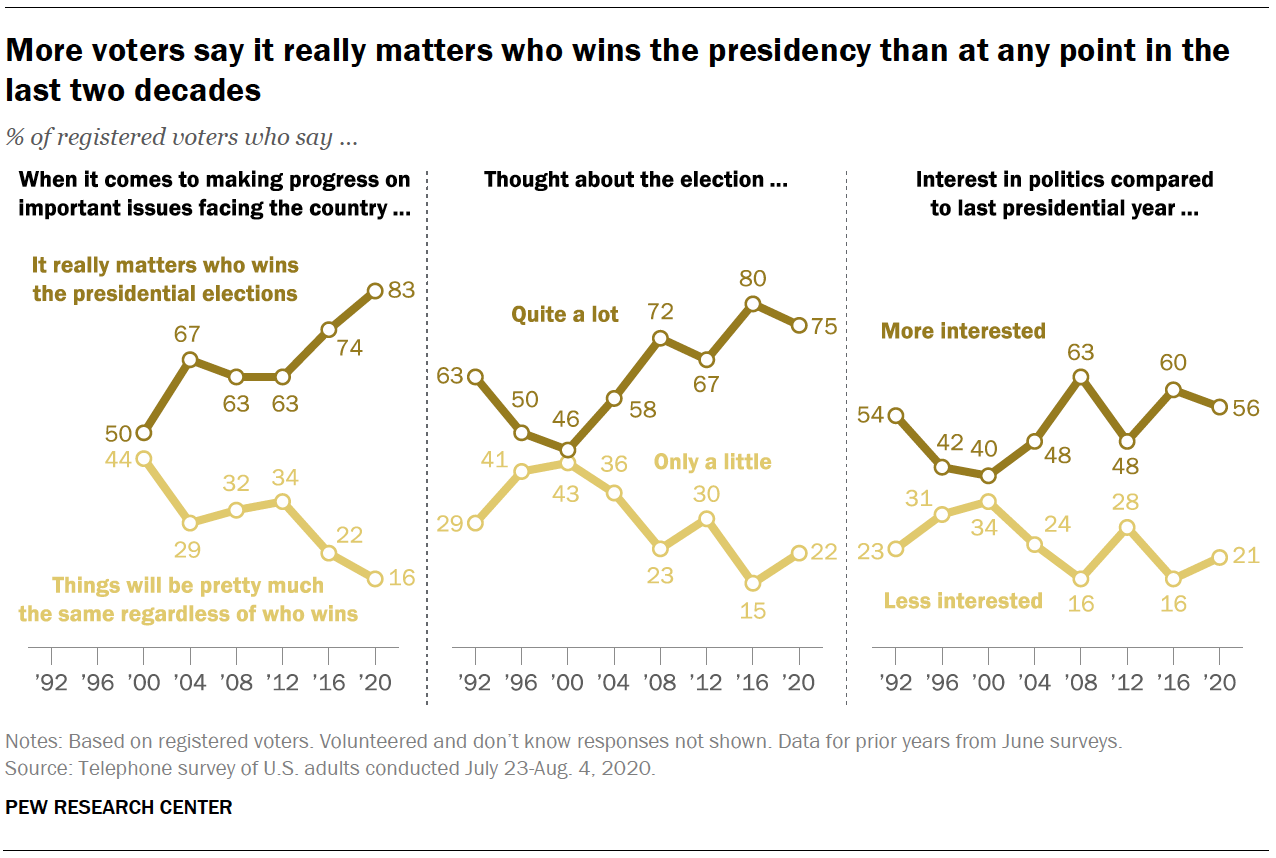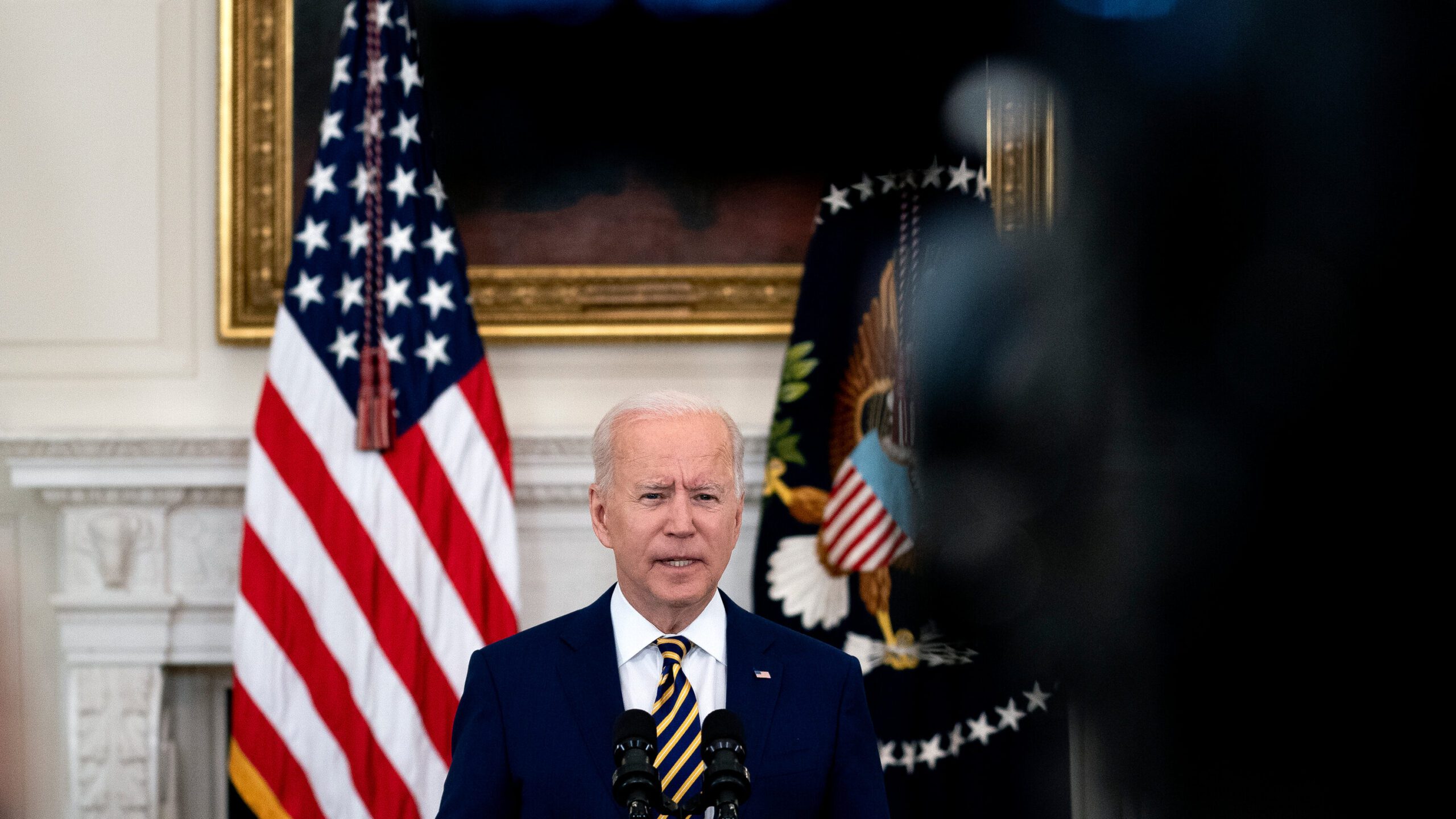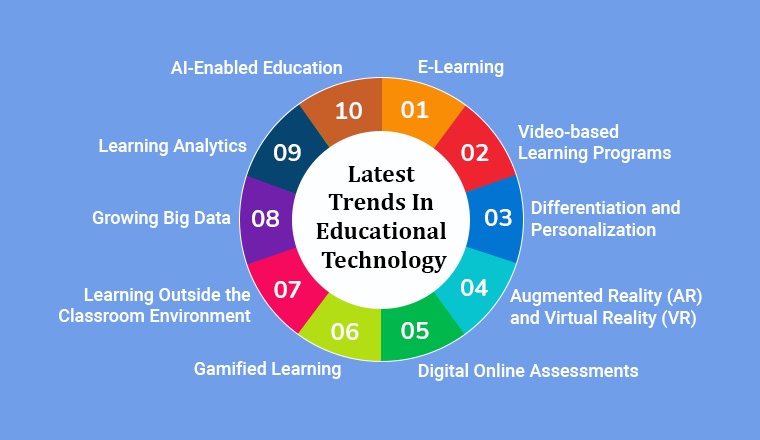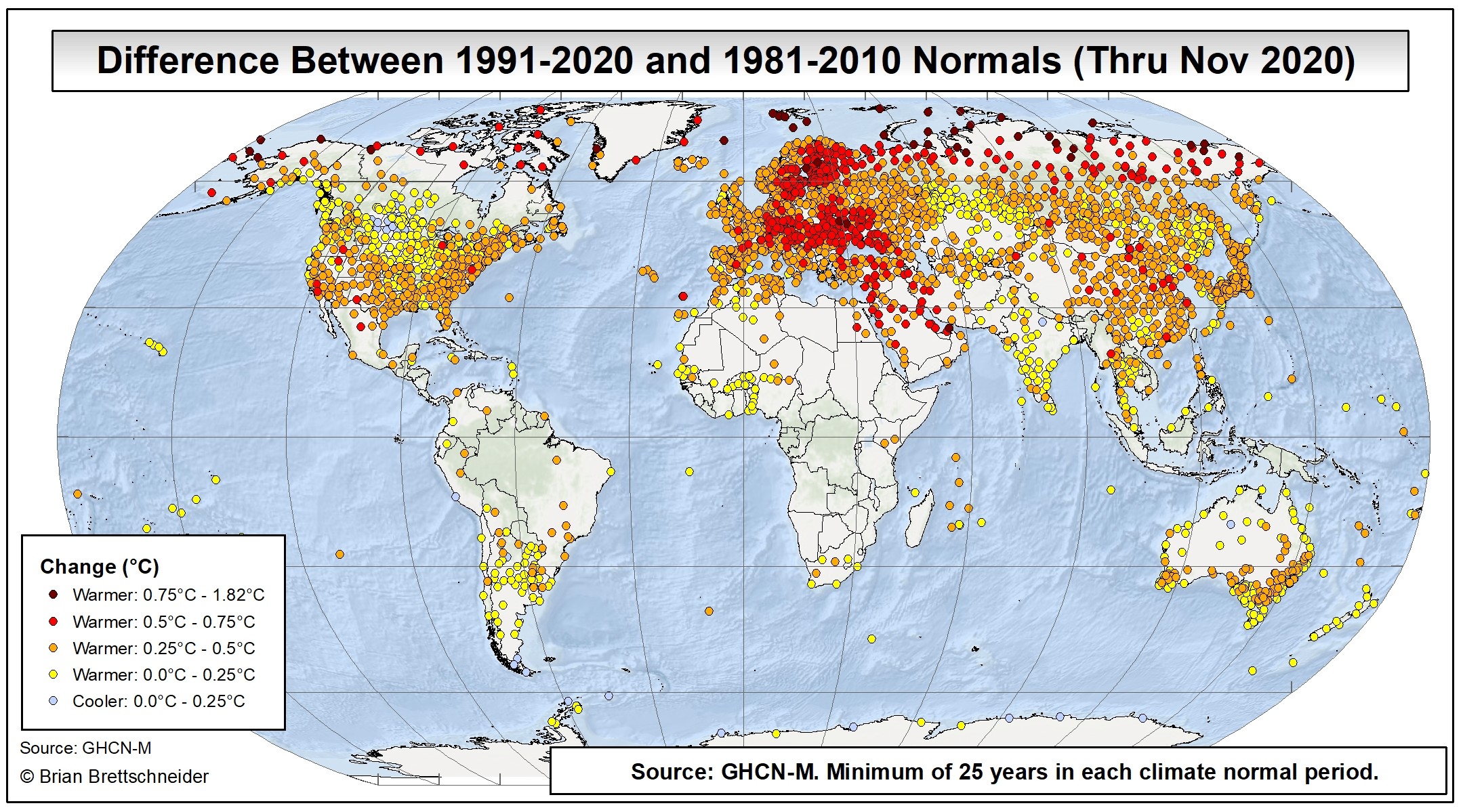Election 2020 – A Look at the Political Landscape
As the dust settles and emotions run high, it’s crucial to step back and analyze the political landscape that defined the historic 2020 election. From the presidential race to pivotal congressional battles, the United States witnessed an election cycle like no other. In this blog post, we’ll dive deep into the key events, trends, and implications of Election 2020.
1. The Presidential Race:
The much-anticipated contest for the White House pitted the incumbent, Donald J. Trump, against the former Vice President, Joseph R. Biden. Both candidates presented starkly different visions for the future of America, with Trump emphasizing conservative policies and Biden offering a more progressive agenda. Ultimately, Biden emerged victorious, securing the most votes ever cast for a presidential candidate.
2. The Impact of COVID-19:
COVID-19 played a significant role in shaping the election. As the pandemic ravaged the country, it heavily influenced campaign strategies, voting methods, and voter sentiment. Candidates had to adapt rapidly to virtual campaigning, relying on technology to connect with voters. Mail-in voting and early voting options also gained prominence as people sought to minimize health risks. The handling of the pandemic became a focal point, with voters carefully evaluating leadership responses.
3. Social and Racial Justice Movements:
The racial justice protests sparked by the killing of George Floyd in May 2020 had a profound effect on the political landscape. These movements, coupled with ongoing debates surrounding systemic racism, police reform, and inequality, resonated with voters across the nation. Candidates were compelled to address these issues and incorporate them into their platforms, with Biden embracing the need for police reform and greater equality.
4. Voter Engagement and Turnout:
Election 2020 witnessed an unprecedented level of voter engagement. Passionate citizens took to the polls to make their voices heard. Young voters, in particular, showed increased interest and participation, forging a significant impact on the final results. The Black Lives Matter movement, COVID-19 concerns, and efforts to expand voter access spurred this surge in turnout.
5. Disinformation and Fake News:
The prevalence of disinformation and fake news became a growing concern during the election cycle. False narratives and misleading information circulated on social media platforms, influencing public opinion and sowing seeds of doubt in the democratic process. Fact-checking and media literacy became crucial tools for voters to discern truth from fiction.
6. Congressional Races and Balancing of Power:
Alongside the presidential contest, Election 2020 featured numerous congressional battles. Democrats maintained control of the House of Representatives, while the Senate race was closely contested. The outcome hinged on a few key races, which ultimately resulted in a Democratic majority. This balance of power will have a significant impact on future policymaking and legislative priorities.
7. Implications for the Future:
The political landscape that emerged from Election 2020 will have far-reaching implications. The Biden administration will focus on handling the ongoing COVID-19 crisis, addressing racial inequality, and advancing progressive policies. The influence of social justice movements and increased voter engagement is not likely to wane, providing opportunities for continued dialogue and change.
In conclusion, Election 2020 presented a unique intersection of political events, shaping the present and future of American governance. The pandemic, social justice movements, voter engagement, and disinformation all played crucial roles in the outcome. Understanding these dynamics and their implications will allow us to navigate the evolving political landscape and actively participate in shaping our democracy.











